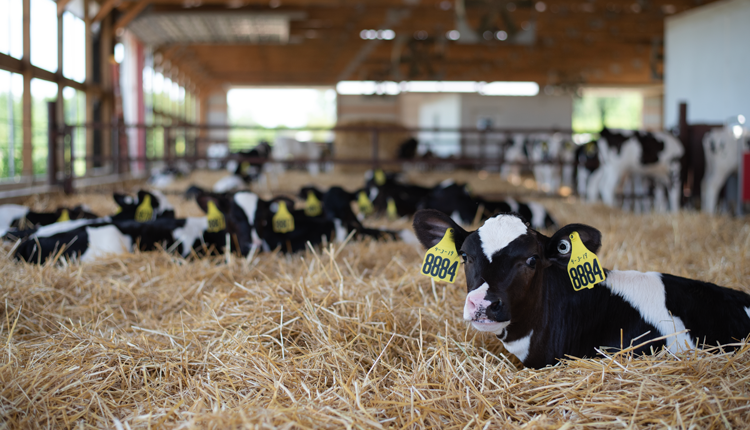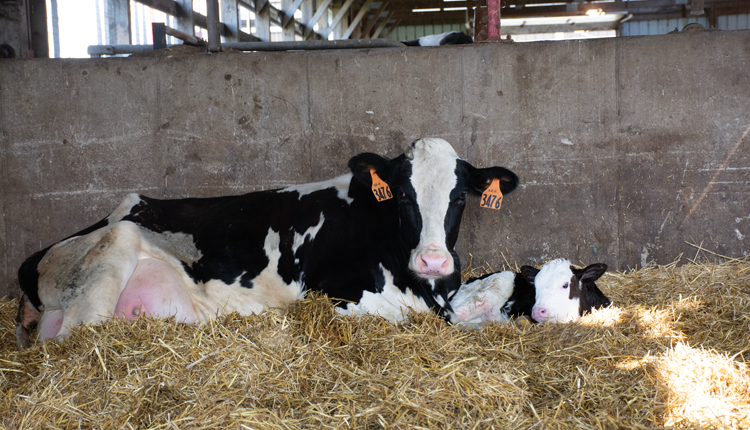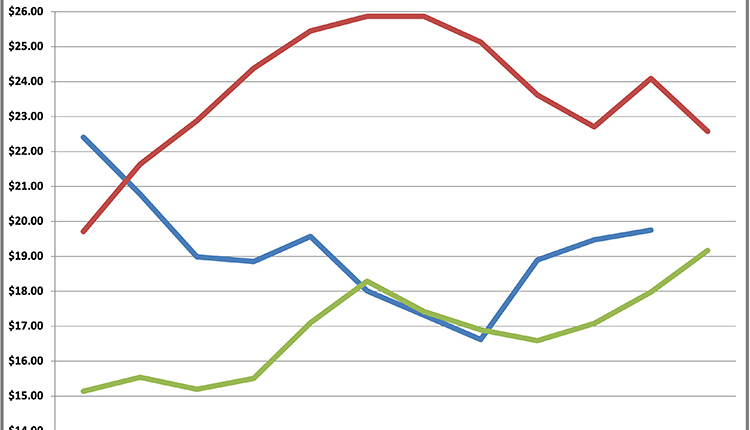You've probably heard the recommendation to use a colostrometer to check the quality of colostrum. It is a simple instrument designed to float in a sample of colostrum to measure density. Roy Williams, a dairy producer from Midland, Texas, reported guidelines for proper use in a recent newsletter of the Dairy Calf and Heifer Association.
1. Some colostrum has millions of very tiny air bubbles trapped in it. When a colostrometer is placed into a sample of colostrum, it may sink very far down. Let colostrum sit for 10 to 20 minutes to allow air to work its way out. The colostrometer should gradually rise back to the top.
2. Some colostrum contains sticky or heavy material that will prevent the colostrometer from sinking in the sample in the normal manner. Wait for the colostrometer to sink to a normal level. If you do not wait, it may indicate much higher quality colostrum than what is present.
3. The colostrometer scale reading is the level on the colostrometer scale that meets the top surface of the sample of colostrum. If the top surface of the sample of colostrum has foam floating on it, then the actual read on the colostrometer will be obscured. A reading taken on the top surface of the foam will be misleading. Thus, care must be taken to remove all the foam from the top of the sample before reading.
1. Some colostrum has millions of very tiny air bubbles trapped in it. When a colostrometer is placed into a sample of colostrum, it may sink very far down. Let colostrum sit for 10 to 20 minutes to allow air to work its way out. The colostrometer should gradually rise back to the top.
2. Some colostrum contains sticky or heavy material that will prevent the colostrometer from sinking in the sample in the normal manner. Wait for the colostrometer to sink to a normal level. If you do not wait, it may indicate much higher quality colostrum than what is present.
3. The colostrometer scale reading is the level on the colostrometer scale that meets the top surface of the sample of colostrum. If the top surface of the sample of colostrum has foam floating on it, then the actual read on the colostrometer will be obscured. A reading taken on the top surface of the foam will be misleading. Thus, care must be taken to remove all the foam from the top of the sample before reading.











